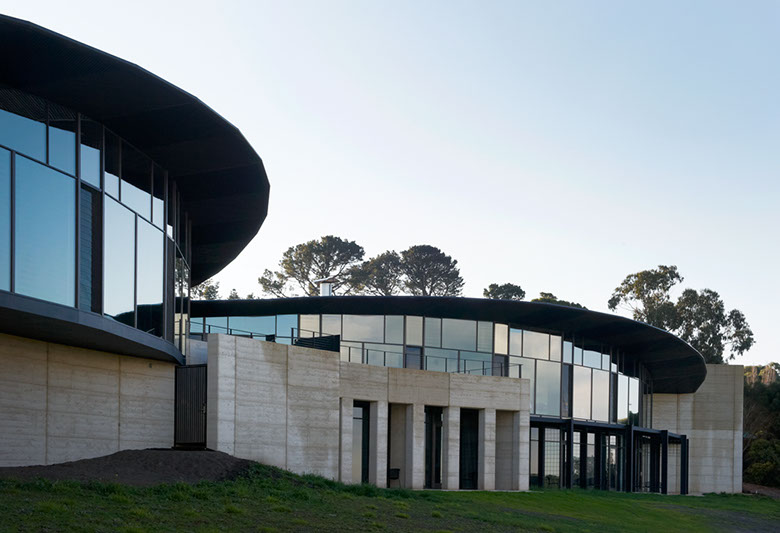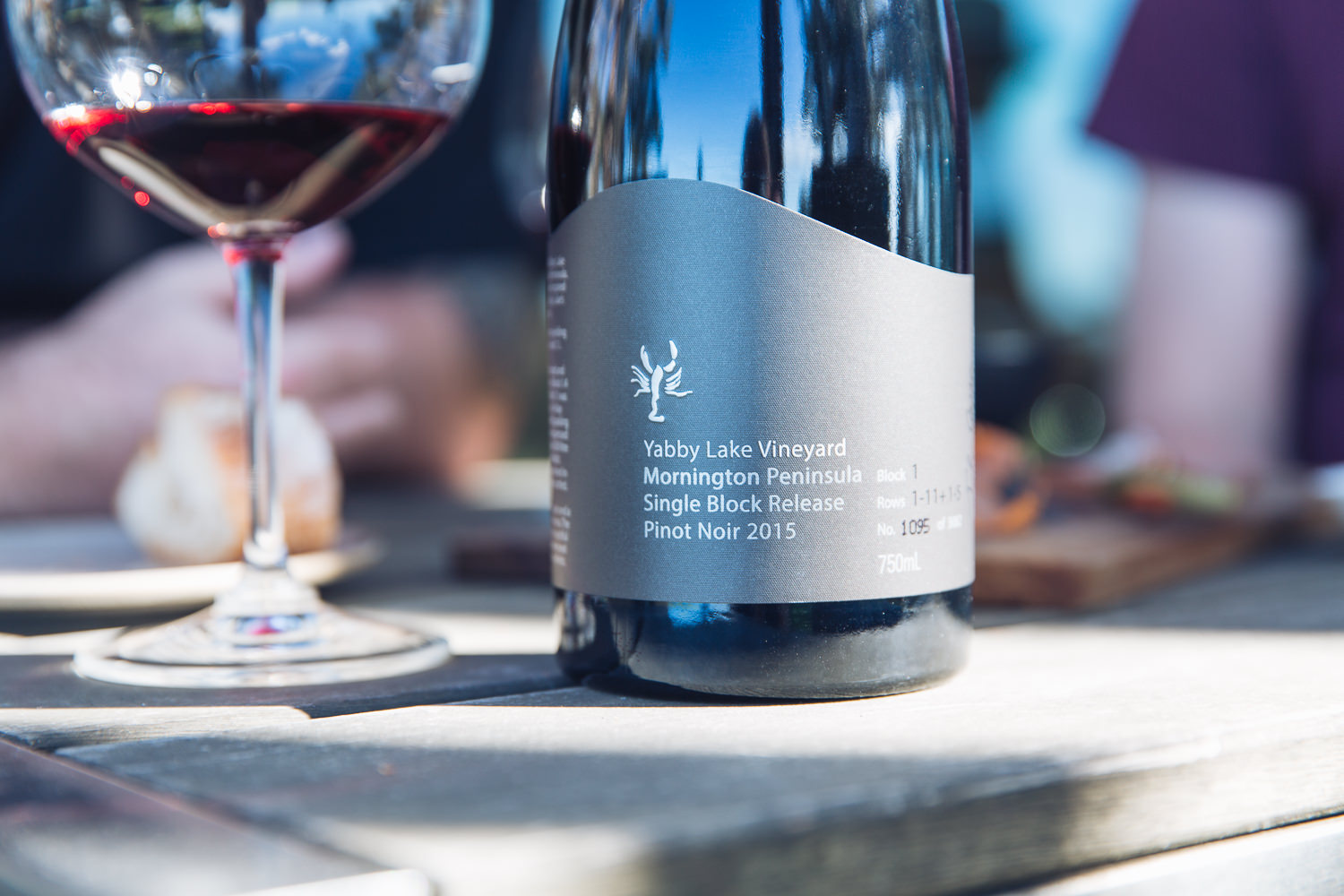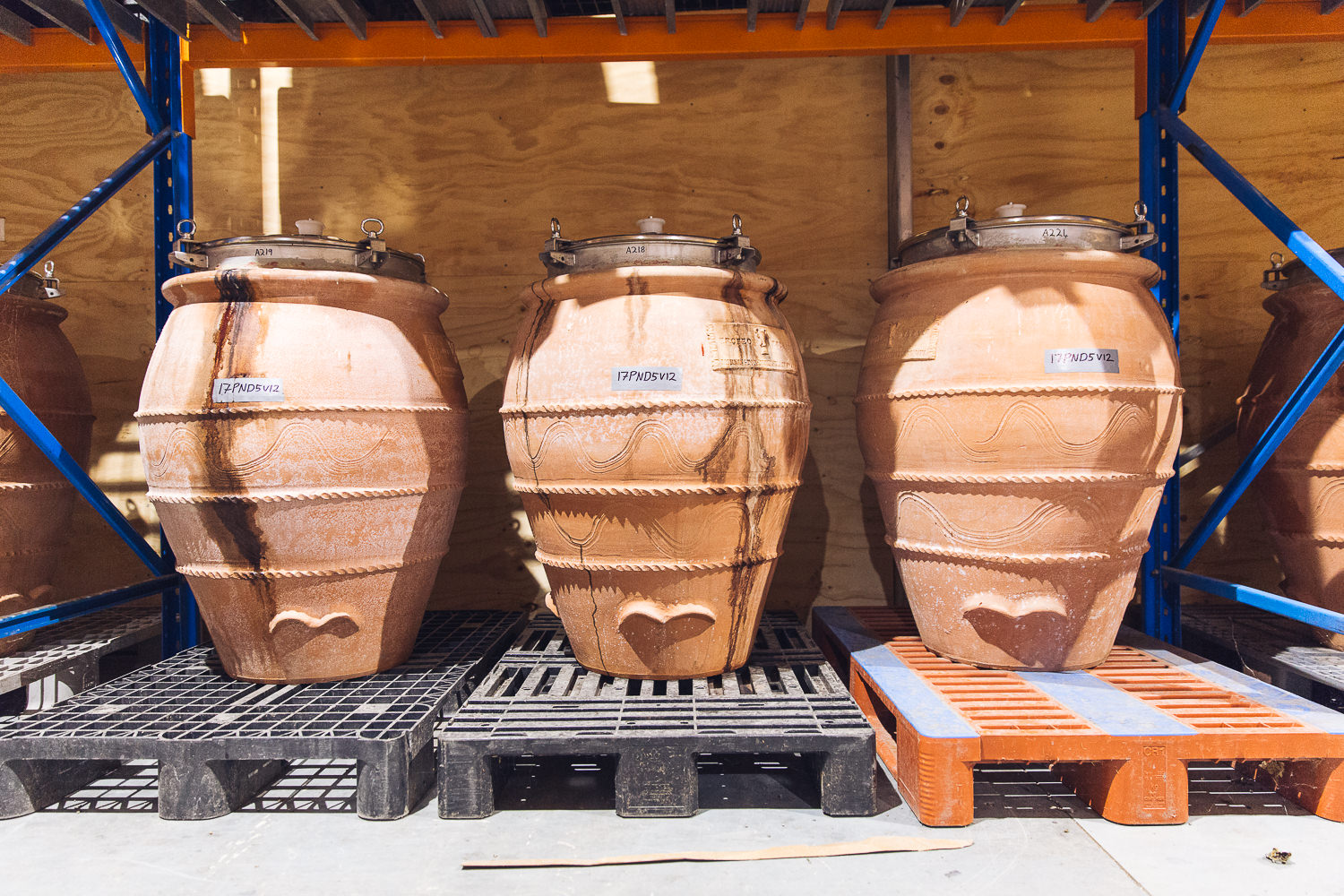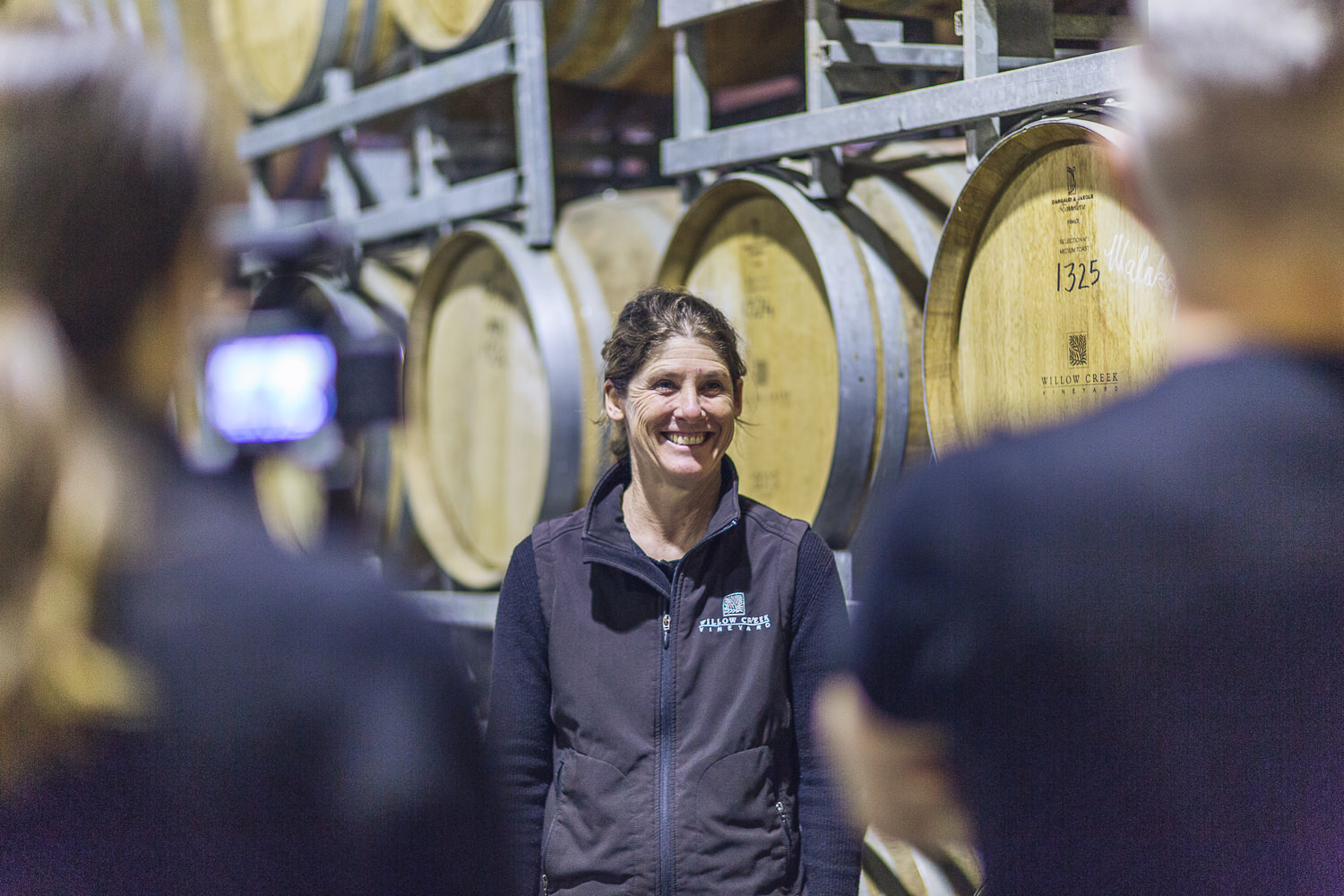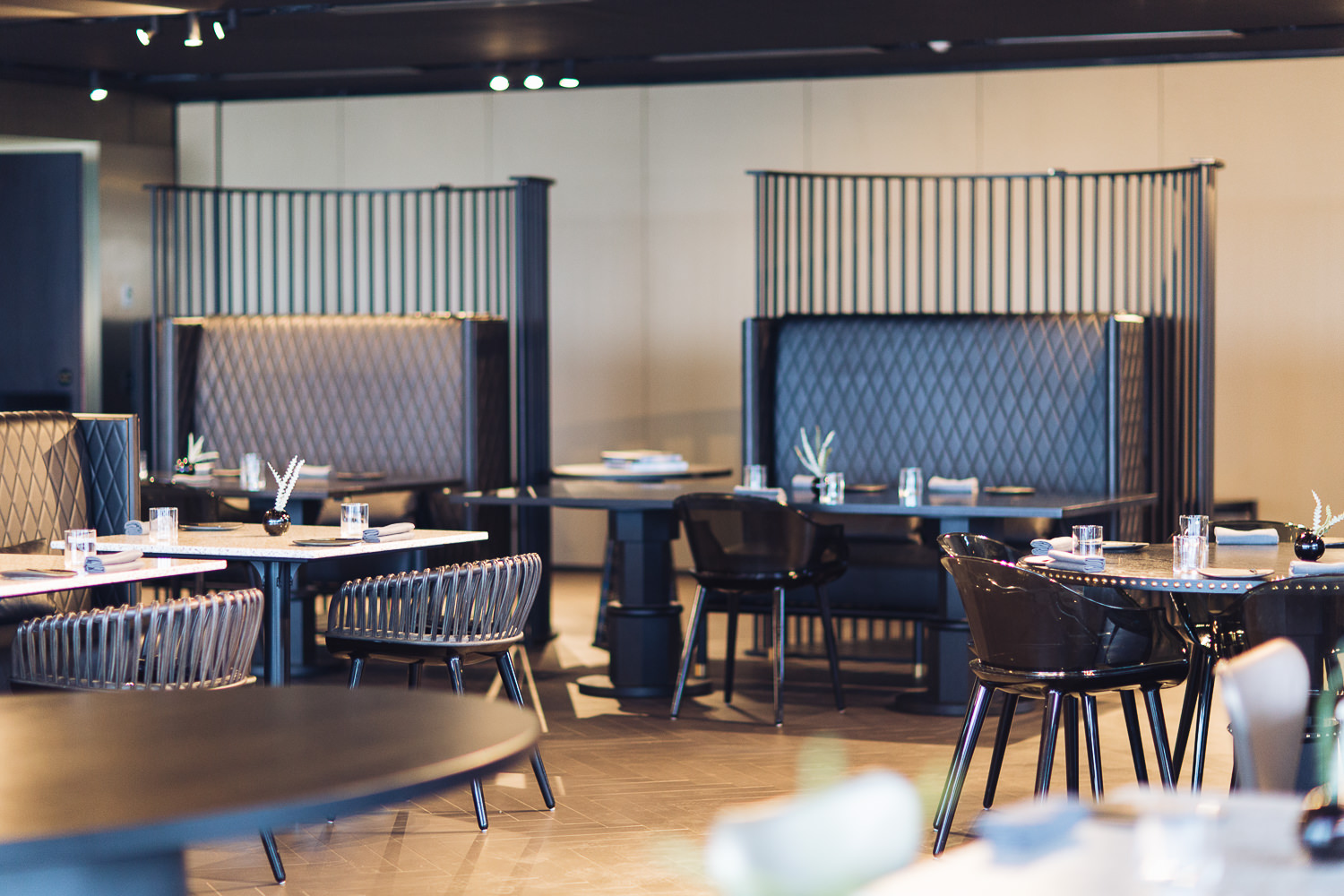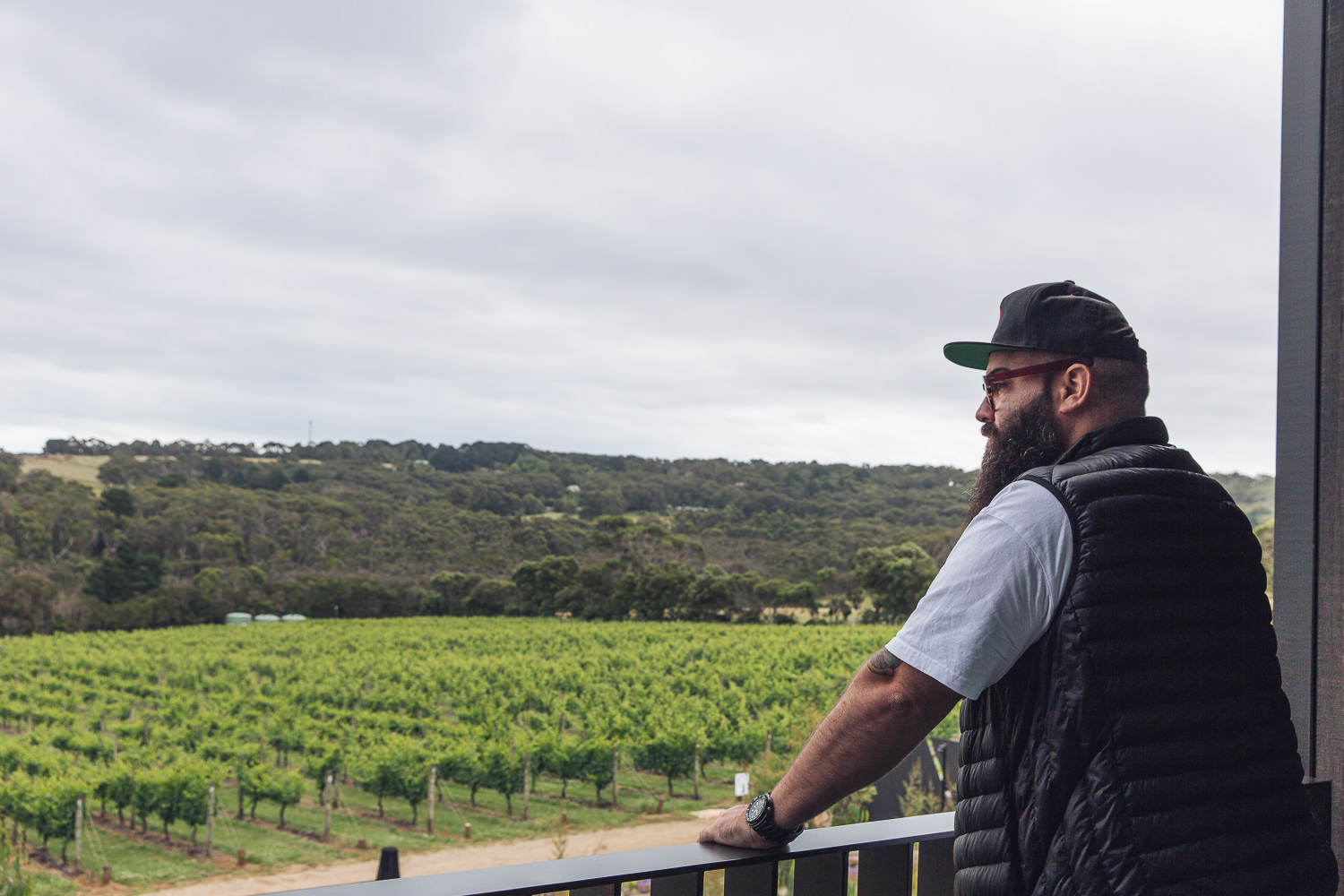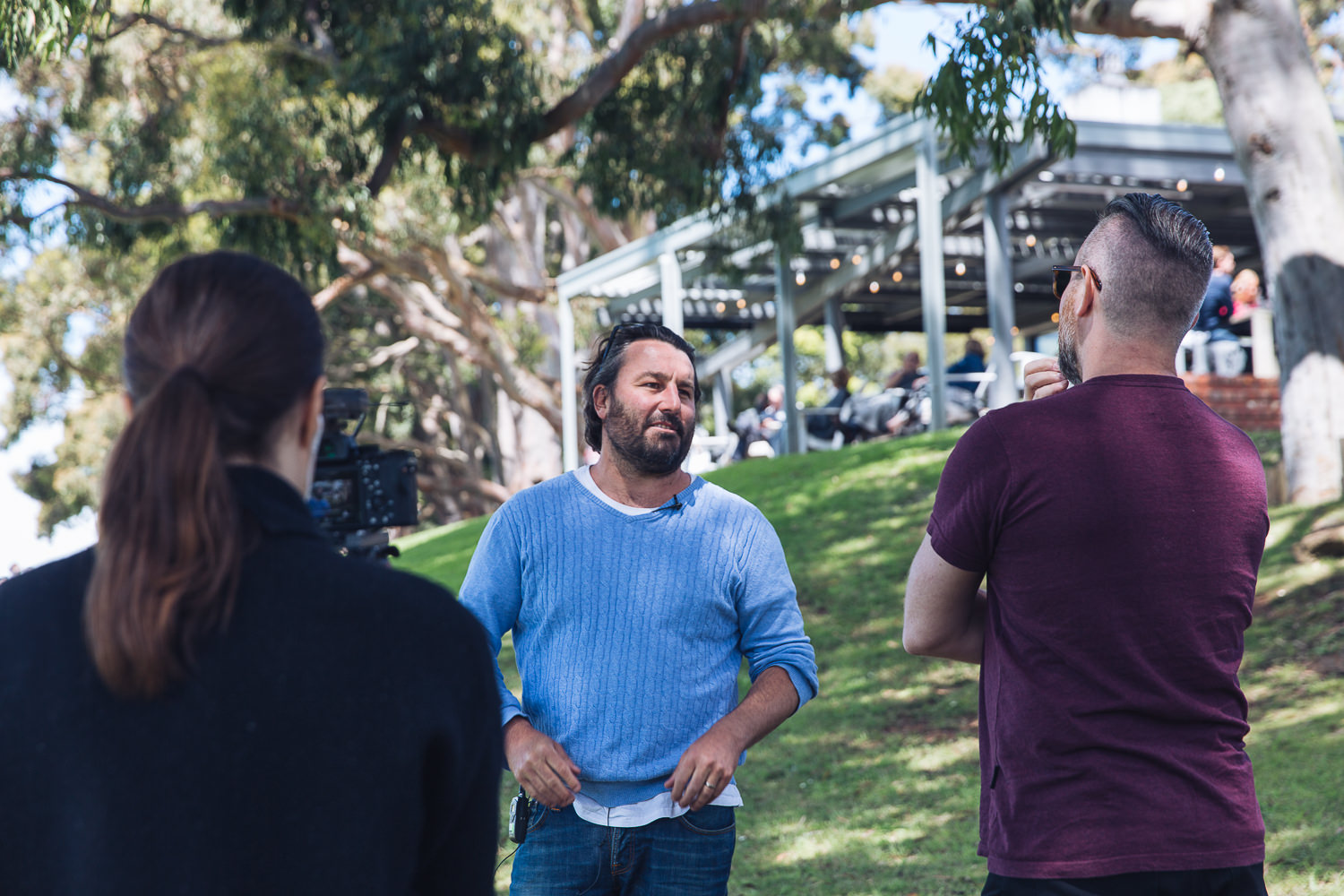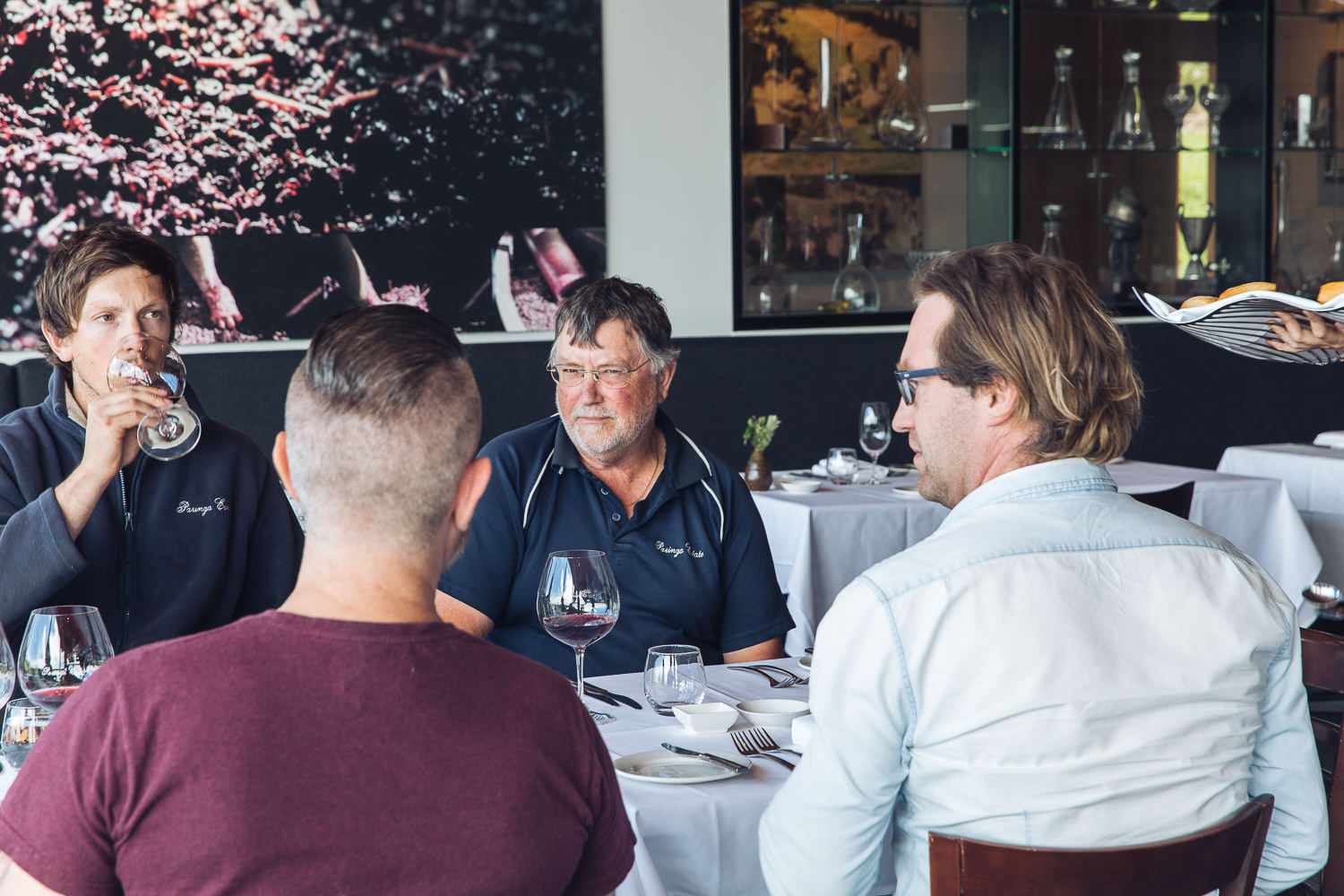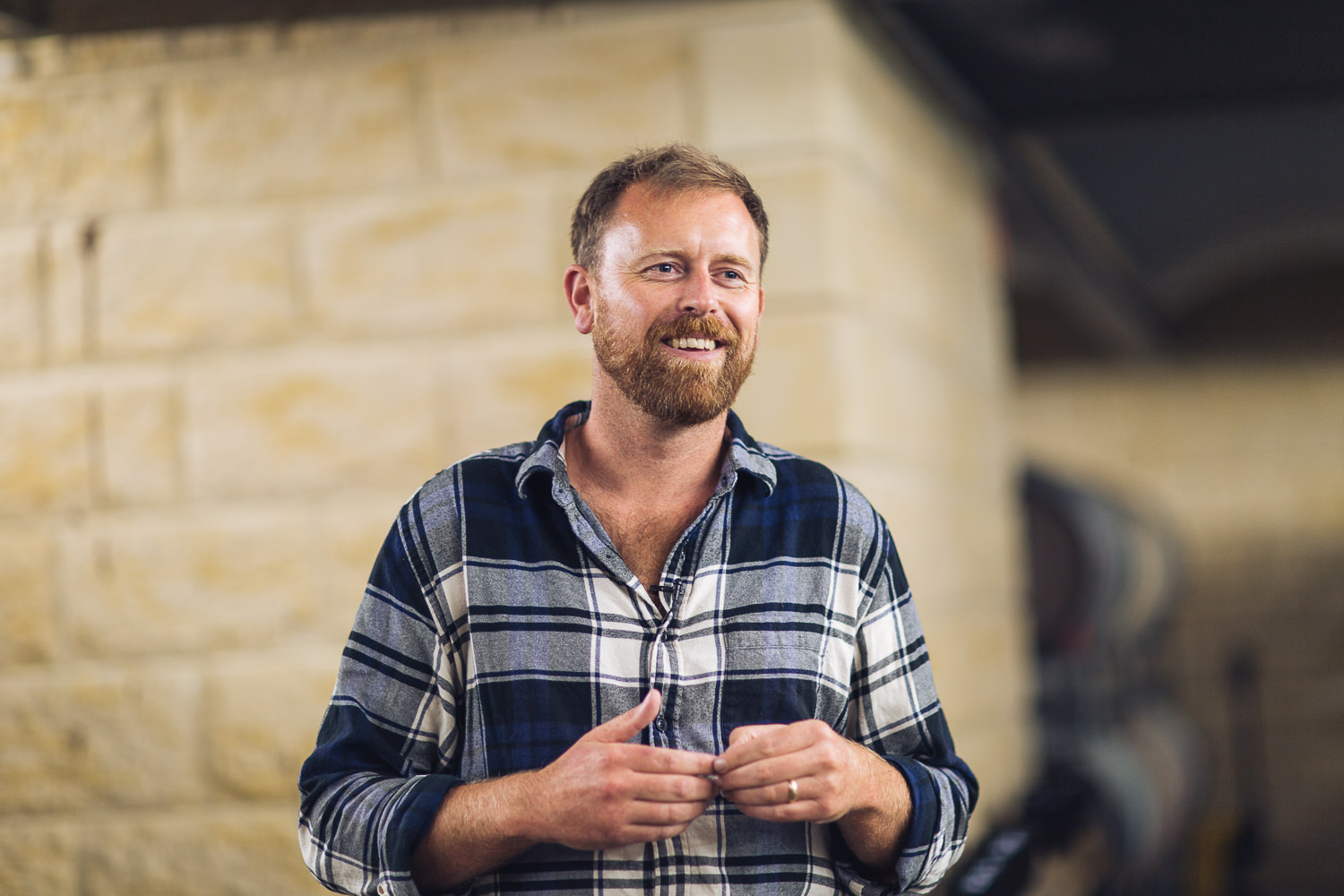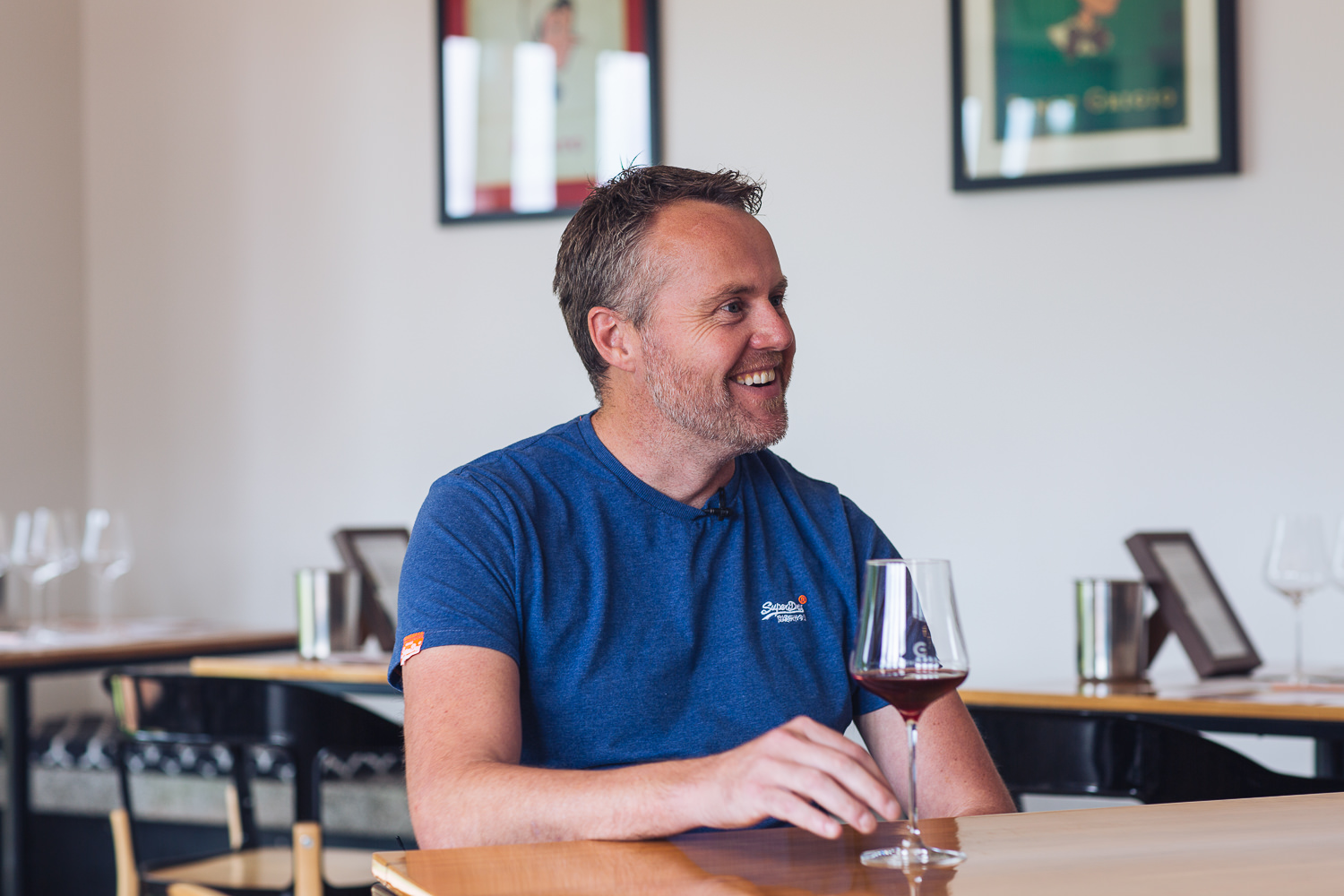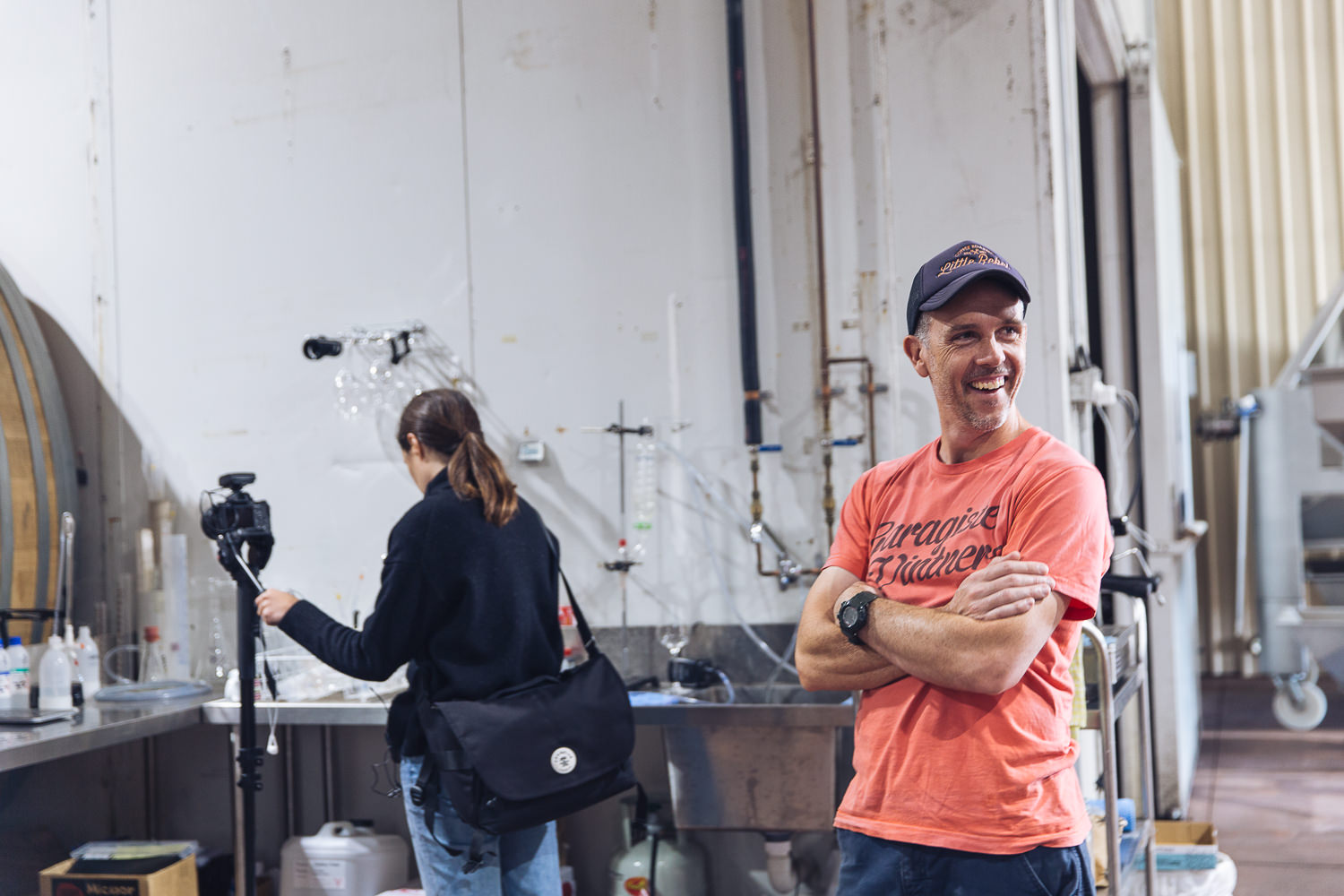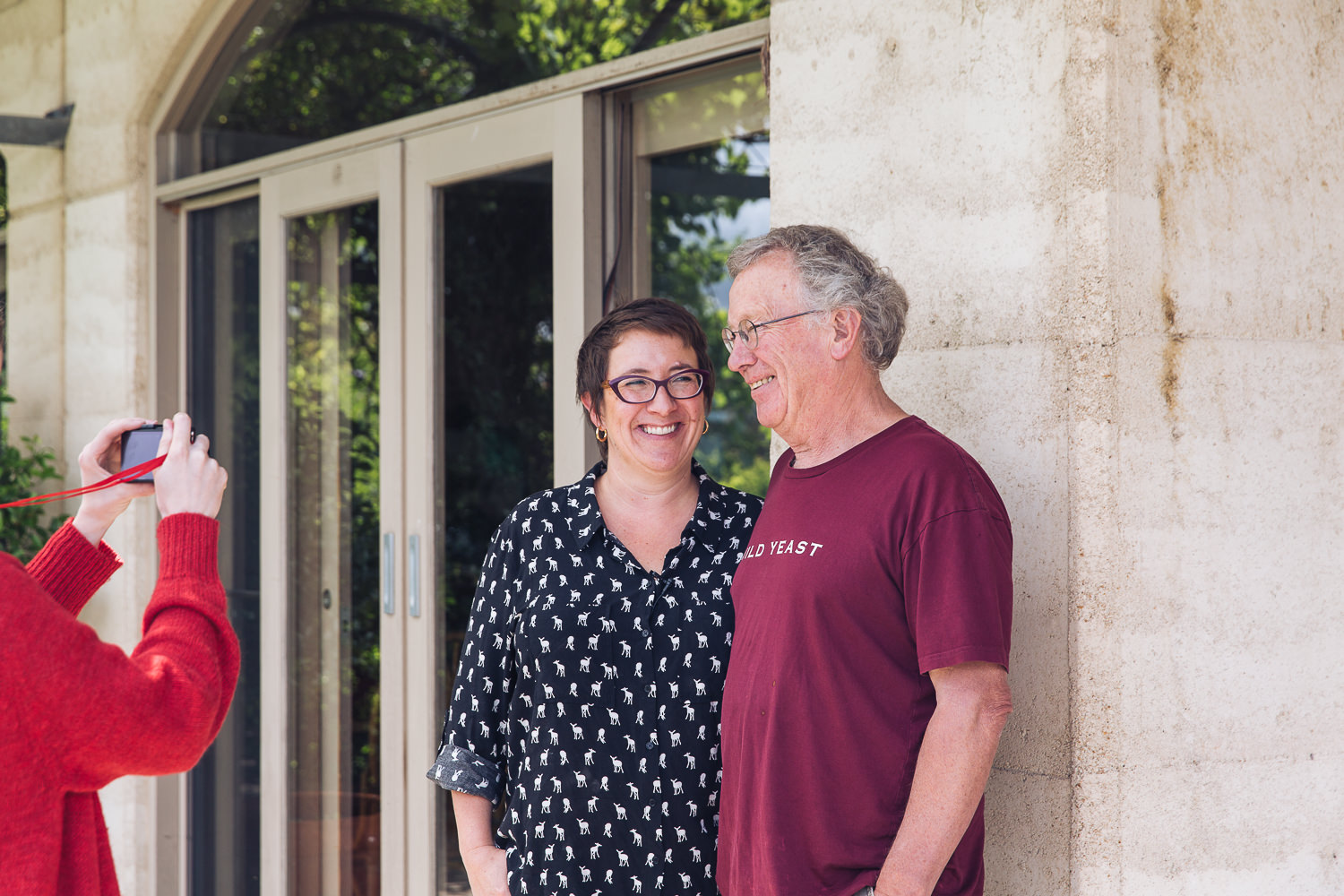Tell us about yourself and how you started?
I’m Richard McIntyre. I’m a lapsed Medico, like many people in the wine industry. I had this crazy idea back in the 1970s when we were living in the UK that it might be nice to have a second career to go to, something that would challenge and interest me at a time when I might have not wanted to be operating on people which was my main job. So at that time, we’d left Melbourne in the mid 70s and I actually had no idea that there was any potential to grow significant wine south of the Dividing Range. But when we returned in early 1980 the scene had changed dramatically and there was a lot of excitement about the Yarra Valley and other places around Melbourne. And there was some interest in the Mornington Peninsula, but it was very early days, so I met up with a couple guys who knew an awful lot more than I did. Gary Crittenden was the main one and he was a nurseryman down here, passionate about wine, he’d done lots and lots and lots of homework about growing grapes and making wine and was passionate about Pinot Noir.
Interestingly, he thought it would be too warm for Pinot Noir down here and thought he’d need to go to Tassie to have a chance. But that wasn’t his fault. The official weather data was wrong. Taken in a concreted backyard, I believe. So anyway that’s how we started and Gary and I looked for land together. He knew what he was doing and I tagged along and this particular block came on the market just after he’d bought his initial vineyard land in Harrison’s Road. He suggested it might work and I took one look at it and fell in love with the place. So we planted the five-acre vineyard in 1983. Planting a range of varieties and Chardonnays, as most of us did in those days, and learnt an awful lot over the subsequent years. And one of the best things we learnt was that happens to be a great place to grow Pinot Noir – we had no idea when we started. So it’s been a wonderful thing that we happened to have picked a region that is a good place to grow my two favorite varieties, Pinot Noir and Chardonnay.
So when you were down here, what other wineries were established at that time, when you established Moorooduc Estate? Who else was here?
The very first vineyard in this era – and there was really not much before, this wasn’t like the Yarra Valley, it didn’t have a history in the 19th century of significant wine growing – but Elgee Park had a tiny, tiny quarter-acre vineyard planted in 1974. Nat and Rosalie White had started Main Ridge Estate in the mid ’70s. Brian Stonier and George Kefford had started their ventures in the late seventies I think. There were a few other people so I wouldn’t say that we were pioneers but we were in the sort of second wave if you like, putting in, you know, like five-acres of vines. It seemed like a lot in those days.
In comparison to today, how many wineries/brands are there in Mornington now?
I’d be guessing a little bit but I reckon there’d be well over 200 vineyards, a lot of them very small. And at least 20 significant wineries I would think, probably more when you count the small ones.
It’s a big change.
Yeah, a big change. Big change.
We were talking before about wild yeast, and your love of yeast. What prompted you to head down that wild yeast ferment back when you did?
My early winemaking was Nat Wyatt who was a really good friend and mentor, he persuaded me that with his help I could make wine, but he was doing the wine degree at Charles State University. But what he was taught was super safe on winemaking and we were pretty scared of the idea of wild yeasts.
I remember hearing the late John Middleton speaking to an international audience saying that obviously European wild yeasts can do wonderful things, but our wild yeasts are just terrible, we wouldn’t want to go near them, and so we were taught to kill all the wild yeasts and introduce some really good ones, you know selected from the famous wine regions in France for example. On our first trip to Burgundy in ’95, you know one of the really nice things about being in the industry is that you do get access to places that you wouldn’t otherwise get access to and we had some terrific visits, tasted some very beautiful wine, and although I sort of knew in theory that it would be very unusual in that environment for them to buy packets of yeast and stick it in their must, or their juice, actually being there and focusing my attention on this, I was thinking you know this is pretty good wine and they don’t put yeast in it – you’ve got to try it. And so the next vintage after that which was ’96, a pretty miserable vintage actually, it was cold and wet and low crop, Downy mildew on the berries, it wasn’t a great vintage but I thought I’d play around and try wild yeast ferment. During the first one, Pinot Noir, some really, really strange smells started coming off the fermenter after about four or five, six days and I thought oh this is a terrible mistake, it’s not going to work at all! I stuck with it and all those strange spells blew off and the ferment went through without any problems at all. So I did a couple more. And that was the beginning. And in those early years we did try and do some reasonably controlled experiments by having a wild yeast version and a cultured yeast version of the same material. And we look at the subsequent wines and finished wines of course but balance samples and blind tastings. We always preferred the wild yeast ferment. It was pretty scary, and lots of people thought that it was a very dangerous thing to do. The two things I guess you worry about is that you’re going to have some feral dreadful yeasts that’re going to ruin your whole year’s work, and you’re going to be throwing out horrible, volatile, stinky wine.
The other problem was the spectre of stuck ferments. I don’t know how many thousands of wild yeast ferments I’ve done since then, and it’s not an issue, it really is not an issue. I think there are things you can do to try and prevent some of these disasters from happening but that’s not been my experience that we’ve had disasters like that. Stuck ferments, occasionally get stuck ferments. Everybody occasionally gets stuck ferments, with or without inoculation. So you know we think it’s an important contributor to the quality and style of our wine.
Your affinity with baking bread – we have to talk about that, the legendary bread that you bake – when did you start with that? Is that from going down this process of wild yeasts?
I’ve been playing around on a very, very small scale baking bread for some years and I was given Elizabeth David’s English Bread and Yeast cookery book in 1976, I think,
and it’s a terrific book. It didn’t talk anything about sourdough then, but that was when I really started getting interested in baking bread. It would have been in the, around about the turn of the millennium, this guy Alan Scott who’s an Australian living at that time in California, and made his name building wood fired bread ovens and baking bread. He did it. He came to the Yarra Valley and I got involved in building one of his ovens up there. And there was a report in the newspaper about it and I was interested in that and kids bought his book. His book – he’s co-author of a wonderful book called The Bread Builders. He didn’t write much of it, he’s a guy who does things with his hands but this other guy who actually wrote the book using Alan’s experience and his knowledge. And it’s a really, really good book and a part of that book is sort of practical things about building wood fired bread ovens. And then I started playing around with sourdough as a result of this in our domestic oven. Most domestic ovens are hopeless for bread because they’re vented and you have zero humidity which is not good for bread. We’ve got a little Italian oven there that isn’t vented and so it’s actually much better than a normal domestic oven but this oven in here in this courtyard was built in I think 2004 with Alan Scott. So we got him here and we had a weekend Slow Food workshop building the main part of that oven, and having an oven like that to use, it sort of transformed the bread making. So I’ve been I’ve been doing it on a small scale ever since and it’s very satisfying. A lot of work, but it’s very satisfying.
How often do you do it and can people buy it?
I bake almost every weekend if I’m around on Saturdays and Sundays and we do offer a few loaves at our Cellar Door. We’ve got some local people who have a regular order. So I’ve got to keep doing it!
If Pinot Noir was a music artist, who do you think it would be?
A music artist. You’re excluding the great composers of the past.
No, no not excluding. This is an open question. Who would it be?
It’s an interesting question because, I hadn’t thought of this before, but I think. I think I’d have to say Mozart. I’m tempted to say Beethoven but Beethoven is very powerful and doesn’t have maybe as many of the lighter, absolutely amazingly beautiful characteristics that Mozart’s music does. So I think Mozart.


